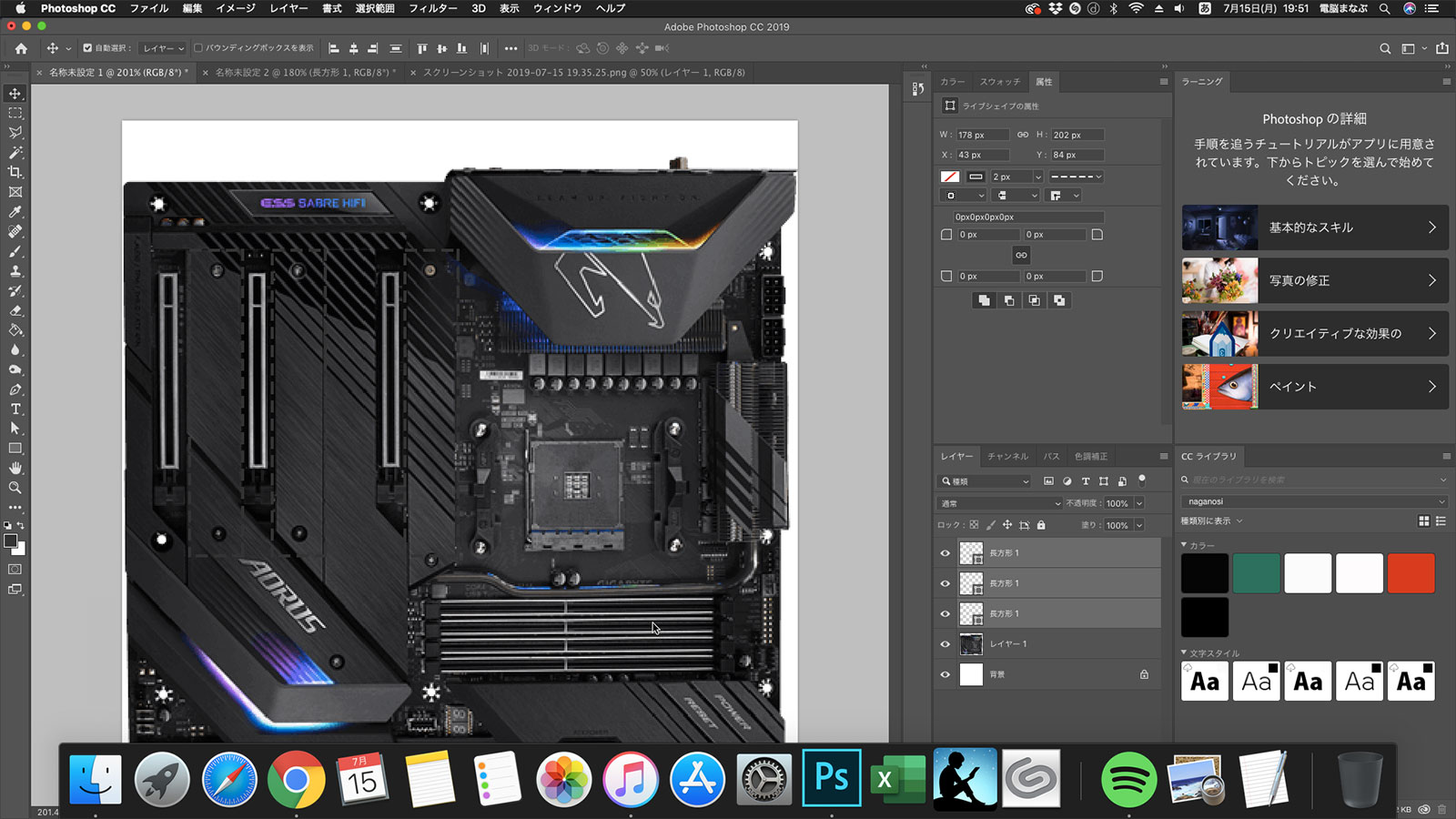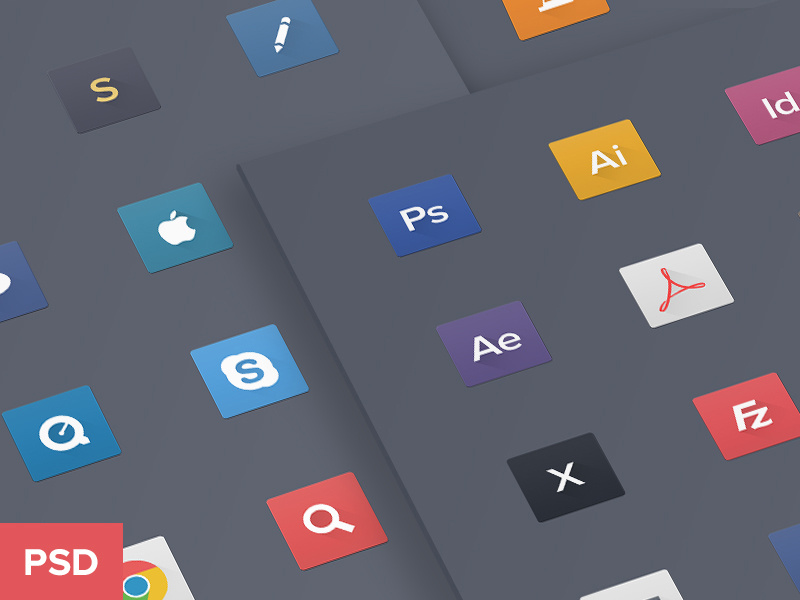
Mac os dock template mac os x#
Docklings (in Mac OS X 10.4 or earlier) can also be opened by using the right-mouse button, if the mouse has one, but most of the time either clicking and holding or control-click will bring the menu up.

Other Applications include changing the status of an online alias (MSN, AIM/iChat etc.) or automatically saving the changes that have been made in a document (There is no current application with this feature made available for macOS). On most applications it has simple options such as Quit, Keep In Dock, Remove From Dock, and other options, though some applications use these menus for other purposes, such as iTunes, which uses this menu as a way for a user to control certain playback options. The macOS Dock also has extended menus that control applications without making them visible on screen. Also, when the screen was put into landscape mode, the user could choose to position the Button Bar at the right or left side of the screen, just like the Dock in macOS. Applications could be dragged in and out of the Extras Drawer, a Finder-like app, onto the bar.
Mac os dock template series#
The changes to the dock bring its functionality also close to that of Apple's Newton OS Button Bar, as found in the MessagePad 2x00 series and the likes. (Minimal Shelf functionality has been implemented in the Finder.) This may be an attempt to recover some Shelf functionality since macOS inherits no other such technology from NeXTSTEP. These features are unlike those of the dock in the NeXT operating systems where the capacity of the Dock is dependent on display resolution.

Applications that do not normally keep icons in the Dock will still appear there when running and remain until they are quit. By default, it appears on the bottom edge of the screen, but it can also instead be placed on the left or right edges of the screen if the user wishes. It can hold any number of items and resizes them dynamically to fit while using magnification to better view smaller items. In macOS, however, the Dock is used as a repository for any program or file in the operating system. In macOS, running applications have been variously identified by a small black triangle (Mac OS X 10.0-10.4) a blue-tinted luminous dot (Mac OS X 10.5-10.7), a horizontal light bar (OS X 10.8 and 10.9), and a simple black or white dot (OS X 10.10-present). If the program is running, there isn't an ellipsis on the icon. The Dock indicates if a program is not running by showing an ellipsis below its icon. The icon for the Workspace Manager and the Recycler are always visible. In NeXTSTEP and OPENSTEP, the Dock is an application launcher that holds icons for frequently used programs. Part of the macOS Core Services, Dock.app is located at /System/Library/CoreServices/. Any application can be dragged and dropped onto the Dock to add it to the dock, and any application can be dragged from the dock to remove it, except for Finder and Trash, which are permanent fixtures as the leftmost and rightmost items (or highest and lowest items if the Dock is vertically oriented), respectively. iOS has its own version of the Dock for the iPhone and iPod Touch, as does iPadOS for the iPad.Īpple applied for a US patent for the design of the Dock in 1999 and was granted the patent in October 2008, nearly a decade later. The earliest known implementations of a dock are found in operating systems such as RISC OS and NeXTSTEP. The Dock is also a prominent feature of macOS's predecessor NeXTSTEP and OPENSTEP operating systems. It is used to launch applications and to switch between running applications.

The Dock is a prominent feature of the graphical user interface of macOS.

Graphical user interface feature by Apple


 0 kommentar(er)
0 kommentar(er)
